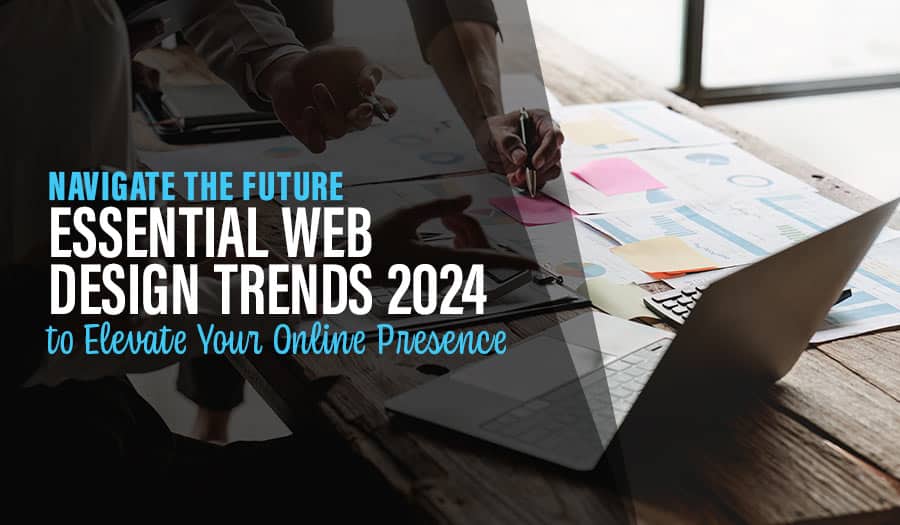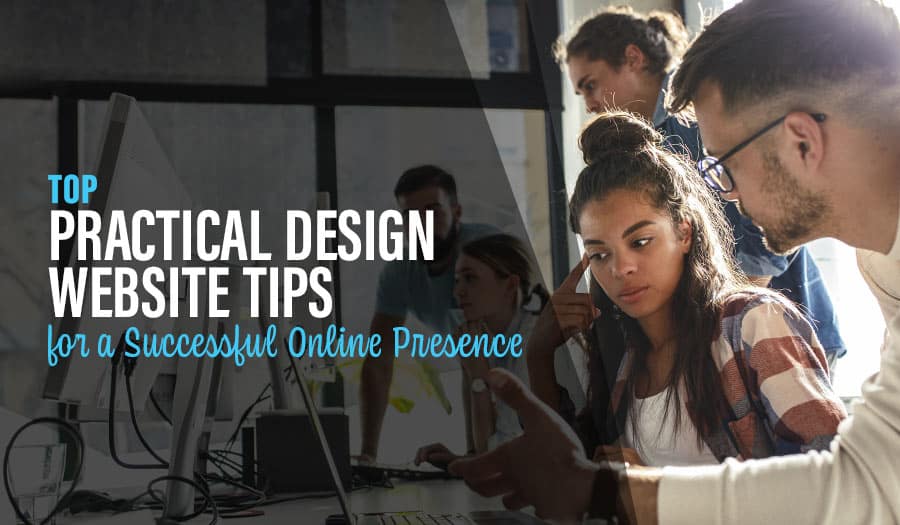A brand without a digital presence cannot survive in the modern era. It’s like a car that doesn’t have the right tires- it cannot go anywhere fast. To be a step ahead of the competition and impress your potential customers, you need a rock-solid digital branding strategy and logo design.
The Importance of Digital Branding
Make your digital presence robust, and your customers will feel proud to be part of it. Your relationship with users will skyrocket through the roof as you interact with them daily on their favourite platforms. Here are some benefits of crafting a digital brand that clicks green:
Connect with your Customers
Your digital branding is successful when clients feel that you’re communicating directly with them, especially when interacting with them on their favourite channels. A meaningful and personal branding approach can help you turn one-off buyers into lifelong raving fans.
Basically, digital branding boosts communication between customers and your company. It allows you to talk with your customers concerning everything- from helping customers find what they’re looking for to facilitate quick and excellent customer service. Modern consumers believe that a brand that is not found online doesn’t exist.
Target your Audience
Taking your brand online allows your potential customers to interact with and learn about it. Digital branding helps you laser-target specific audience groups through online channels that they use most frequently to engage with their families and friends (think Facebook, Instagram, Twitter, WhatsApp, and others).
A workout clothing brand Outdoor Voices is a great example- it’s now a proud owner of #DoingThings, a social media hashtag developed over several years. Outdoor Voices’ raving fans and customers tag this hashtag on their posts, embodying its lifestyle. Currently, there are more than 155,000 Instagram posts with the #DoingThings.
As you can see, the hashtag makes customers feel they’re part of the Outdoor Voices brand and not just blind consumers of a random product. And that’s the power of digital branding.
Quickly Spread the Word
Digital branding also can make your offerings and business go viral and reach a mass audience fast at little to no cost.
Popeye chicken sandwich is a great example here. After just a few days of rolling out the sandwich, the business brought about $23 million in free digital ads. The force behind this success was the vast sharing, liking, and posting frenzy by excited Twitter users, reporters, and newscasters.
The now-infamous product has found a place in many restaurants, thereby getting even more raving fans and customers. You’ll need mountains of money to pull out such exposure.
How to Create a Logo for your Digital Space
How to Create a Logo for your Digital Space
- Research about your audience
- What are your Brand values?
- Find a Name and Slogan
- Creating a Logo that Stands Out
- Keep it Simple and Clean
- Convey a Message
- Make it Flexible
- Design for Mobile
- Use Strong and Clear Colors
- Carefully Combine Logo Fonts and Image
- Ensure the Logo is Scalable and Reconfigurable
So, what are the Top-in-Line Digital Branding Tips?
The intense competition in digital space requires you to do things differently. Now that you know the importance of building your brand, here are some of the best tips to help you stand out from the rest of the pack.
1. Research about your audience
Take enough time to know your niche and the group of people interested in your brand. What are their characteristics regarding various factors (think location, age, income, gender, education)? Then research their core feelings and beliefs related to their pain points before offering a solution that solves these issues.
Grammarly is an excellent example here. This grammar-checking software began serving USA universities in 2002. The number of institutions using this tool had risen to 800 by 2007, and the year 2010 saw this software improve by adding educational resources for students.
They then expanded to conquer the world after realizing that other people whose jobs involved frequent writing had grammar-checking and editing needs (think salespeople, journalists, content writers, and medical writers). They added even more features and capabilities like the MS Office plugin, Google Chrome extension and invented the ‘freemium model’ that attracts 6.9 million active users every day.
2. What are your Brand values?
Before launching a product or service, be sure to state your core values and mission. Your values define your ideas and beliefs, guides your business, and make you different and unique. These values also show that you’re not just about making profits- you’re also striving to make the world a better place.
Tesla’s mission is to help the world transit to sustainable energy. So even though you may never buy their cars, the idea of embracing solar and electric technologies is a lovely and irresistible one. After its inception in 2003, Tesla engineers proved that electric vehicles could be better and quicker than gasoline cars.
Tesla now provides more sustainable energy solutions like Solar Roof, Powerpack, and Powerwall to enhance the utilization and management of renewable energy.
3. Find a Name and Slogan
A great name and slogan are going to be valuable treasures. Consider Google – its unique name has continued to differentiate them from all others. The name comes from ‘googol,’ a mathematical term that means the number 1 followed by a hundred zeros. It relates to the digital computer’s binary system, so it’s an excellent metaphor for the company as a wealth of information.
Amazon is another giant making great waves in the eCommerce industry. Jeff Bezos initially wanted the company to be called ‘Cadabra’ but later changed his mind and named it ‘Amazon,’ a name he borrowed from the biggest river in the world, Amazon.
Also, state your slogan- this is going to be your promise to the world. Ensure it’s memorable, penetrating, short, and reflects your market positioning and values. It can also state your benefits, quality, and achievements. Some of the cleverest slogans include Nike’s ‘Just do it’ and BMW’s ‘Designed for driving passion.’
4. Creating a Logo that Stands Out
Your digital branding is incomplete without a professionally designed logo. Your brand will utilize this visual symbol to help potential customers recognize you in ads, events, and online spaces.
You want your new business logo to work successfully on your website and across various digital platforms like mobile apps and social media. So, what essential tips do you need to take on board when crafting it?
5. Keep it Simple and Clean
Don’t complicate things- design a simple logo that looks clean on your website and mobile phone. Be sure it’s impressive and gels well with your website’s design. So don’t overwhelm the design with many colours, typeface, and other elements.
6. Convey a Message
Awesome logos are those which convey a message to the target audience as soon as they see it. If you score right here, you can be sure the message will stick in their minds and promote your brand further.
If you take a look at the Amazon logo, you’ll see a smile-shaped arrow connecting the letters A and Z. It thus symbolises that this eCommerce behemoth sells everything worldwide. The smile also portrays a satisfied buyer.
In fact, before designing your logo or any other graphic, take time to consider the message you intend to convey. You want your potential customers to get the right signals.
7. Make it Flexible
You’ll use the logo across multiple online platforms and even offline places. You see, your target consumers can access your brand via several touchpoints. They also want to utilize the information in their way, such as personalizing the logos.
Some of your fans may want to bring out their creative sides using your logo. So make it easy for them by keeping your logo design as flexible as possible. Some companies even avail their logos in animated forms.
8. Design for Mobile
Your consumers are spending much of their time on their hand-held gadgets. So mobile apps can be a great way of reaching them. Ensure you have a rock-solid strategy that converts as many potential customers as possible into raving fans.
Every marketer and company knows that without an excellent mobile experience, achieving a seamless customer experience becomes impossible. In the modern world, the two experiences almost mean the same thing.
That’s why designing your logo for mobile is essential. Ensure it’s compatible with any screen size that a customer uses to access your brand. Also, test to see its appearance in the app store and when users share it online.
9. Use Strong and Clear Colors
Those with cool undertones carry the day when it comes to colours that perform well in the digital space. They should also appear great across various screen resolutions. But your brand message is the most critical factor to consider when choosing a colour.
Which feeling do your colours evoke among your viewers? Be sure the emotions are in line with their needs and aspirations. For instance, red brings out passion and aggressiveness, while blue portrays socialization and intelligence. Monochromatic colours are also excellent- you may use white n black or vice versa.
10. Carefully Combine Logo Fonts and Image
The internet is awash with a myriad of logo fonts, most of which are high-quality. And the best part is that you no longer need to spend money on these logos as they’re free to use.
So there’s no excuse for using a substandard font. But be sure the font is easily downloadable and usable across different applications like PowerPoint and MS Word.
11. Ensure the Logo is Scalable and Reconfigurable
Your logo should be transparent wherever it appears- whether on a small screen like mobiles or on large screens like billboards. It should remain distinctive and compelling in all sizes.
That’s why simplicity is crucial when designing the logo- it doesn’t confuse viewers when used on different platforms.
And if you’re using many applications to target your audience, don’t let the logo stop you. Be sure you can deconstruct and reconfigure some of its elements to fit the various applications. Sometimes, you may need to combine the fonts and logo differently.
Digital Branding Wrap Up
Are you looking to re-brand your business and re-design its logo to perform well across different platforms? Your search for a professional logo design expert ends here. At PixelFish, we have experienced designers that know how to create visually stunning websites and logos that communicate the intended values. Contact us now to start flourishing online.
View some of our Branding projects
Take your business to the next level with a Pixel Fish Website.
Check out some of our latest Website Design projects.
Further Reading
10 Tips that Maximise Your WordPress Website Design ROI
12 Tactics to Increase Your WordPress Website Speed
10 Best Practices for Installing New WordPress Plugins
How would you treat your business website if it was an employee?
Is Cheap Business Website Hosting Ruining Your SEO?
Why Small Business SEO Matters
How to Create a Website Budget
What Pages Should Your Website Include?
10 Best Practices for a Successful WordPress Website Design Project
Top 8 Advanced WordPress Features and Plugins to Beat Your Competition
Brand Identity Design
10 Website Navigation Tips to Help You Improve User Experience
8 Successful WordPress Website Design Best Practices
Web Design Fonts: How To Choose Fonts for Your Website
Digital Product Ideas for your Ecommerce Website



